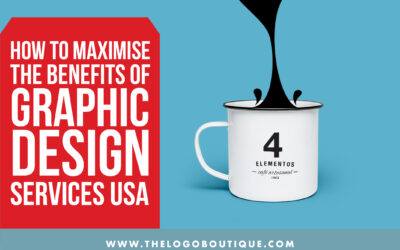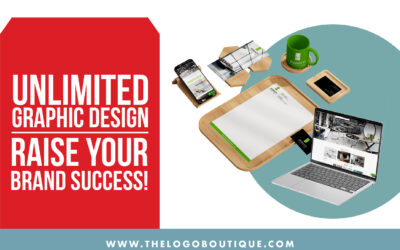The early days of logo design were marked by simplicity and symbolism. Companies used basic graphics and symbols to represent their products or services. These early logos were often intricate and heavily detailed, making them less adaptable to various mediums. As technology progressed, the introduction of computers and graphic design software revolutionized the way logos were created. This technological shift allowed designers to experiment with various concepts, leading to more refined and scalable logo designs.
In the late 20th century, logos underwent a significant transformation as brands sought to appeal to global audiences. Logos became more streamlined and versatile to accommodate various marketing channels, from print media to digital platforms. The rise of iconic logos like the Nike Swoosh and the Apple logo demonstrated the power of simplicity in making a lasting impact on consumers’ minds. The minimalistic approach not only made logos more memorable but also helped companies transcend cultural and language barriers.
As the digital era emerged, logo design faced new challenges. The advent of social media and mobile devices called for responsive designs that could adapt to different screen sizes seamlessly. Logo animations and dynamic logos gained popularity, enhancing brand interactions in the digital realm. Companies now required logos that could represent their brand coherently across a variety of digital platforms.
Moreover, cultural changes have played a significant role in shaping logo design trends. Today’s consumers value authenticity, sustainability, and inclusivity. As a result, modern logos often integrate these values into their designs. Companies strive to create logos that reflect their brand’s story and values, resonating with their target audience on a deeper level.
To meet the growing demands of modern branding, the best logo design companies have honed their skills to create visually appealing, versatile, and timeless logos. They combine creative flair with strategic thinking, ensuring that each logo reflects the brand’s essence while adapting to the ever-changing business landscape.
In conclusion, the evolution of logo design from classic to modern trends has been a journey marked by advancements in technology and cultural shifts. From intricate symbols to minimalist masterpieces, logos have evolved to become powerful tools for brand recognition and storytelling. The best logo design companies understand the significance of staying relevant in a dynamic world and continue to craft logos that leave a lasting impression on consumers. As technology and culture continue to evolve, we can expect logo design to further adapt and evolve, shaping the visual language of brands for generations to come.


 Team of Graphic Designers
Team of Graphic Designers Team of Graphic Designers
Team of Graphic Designers

